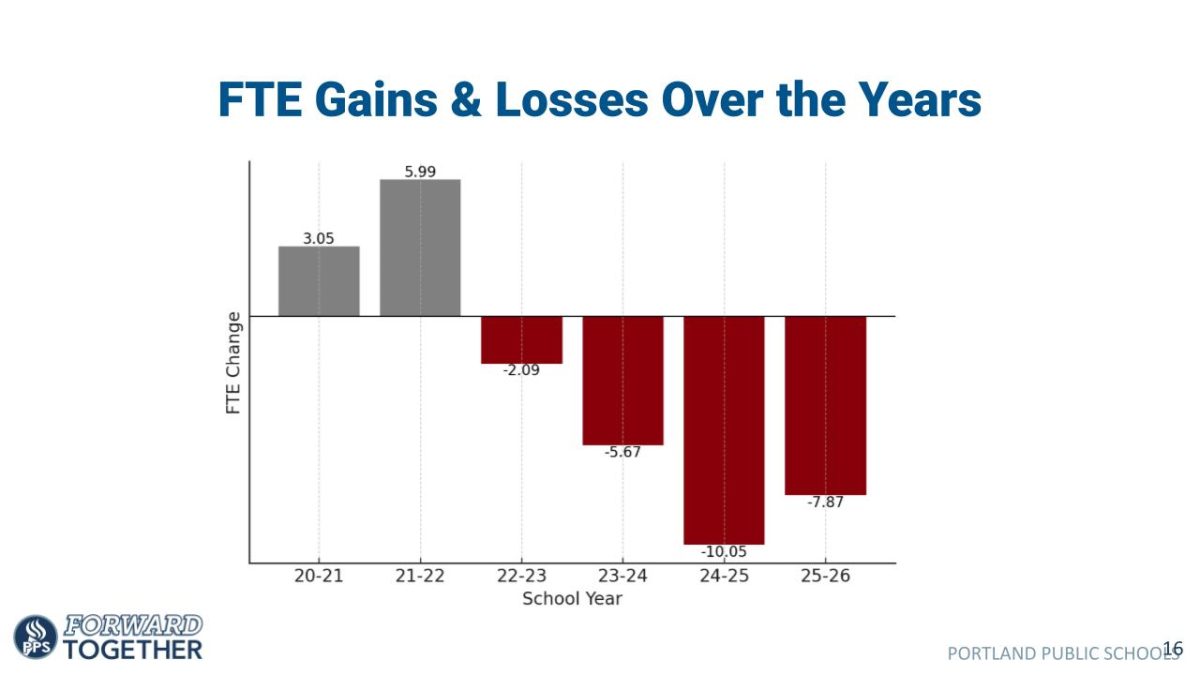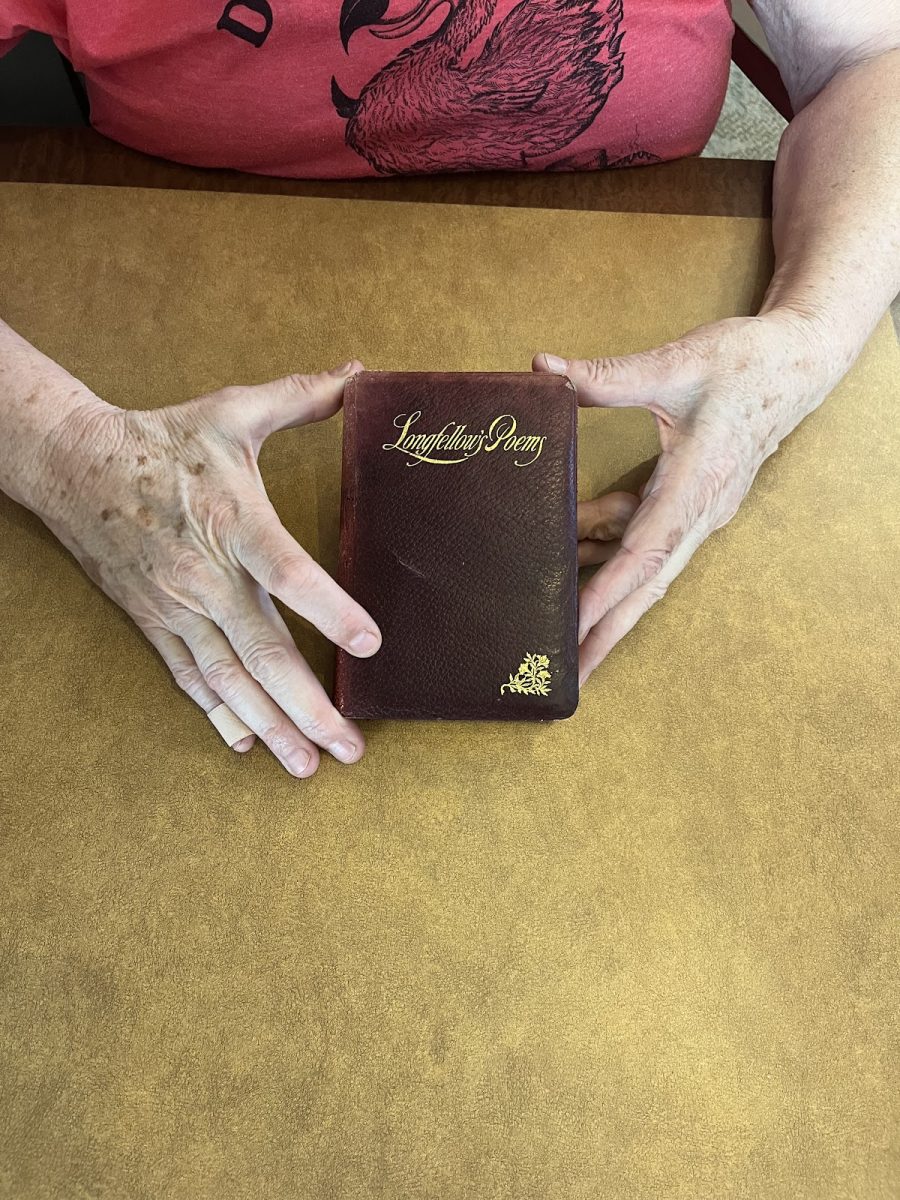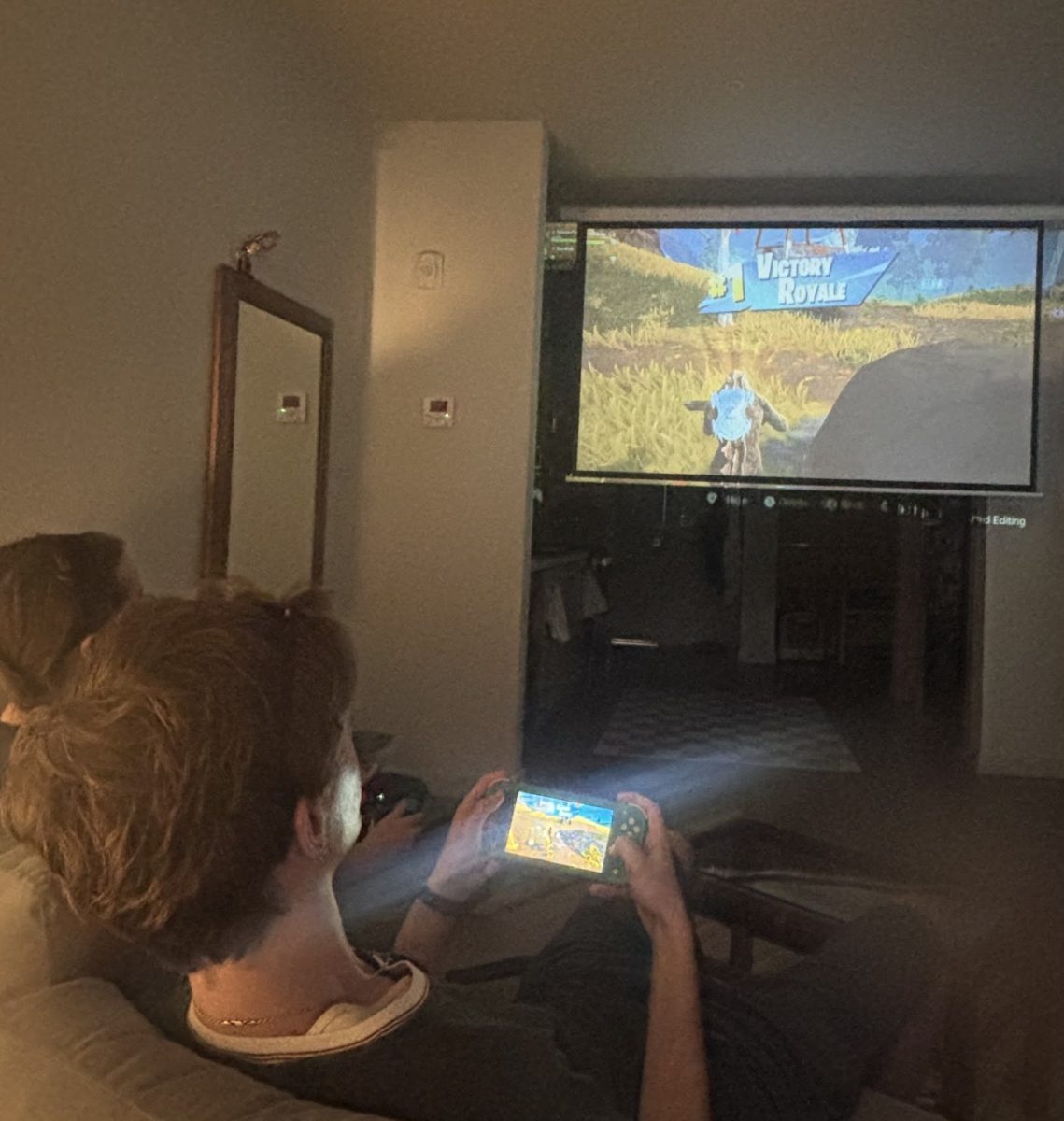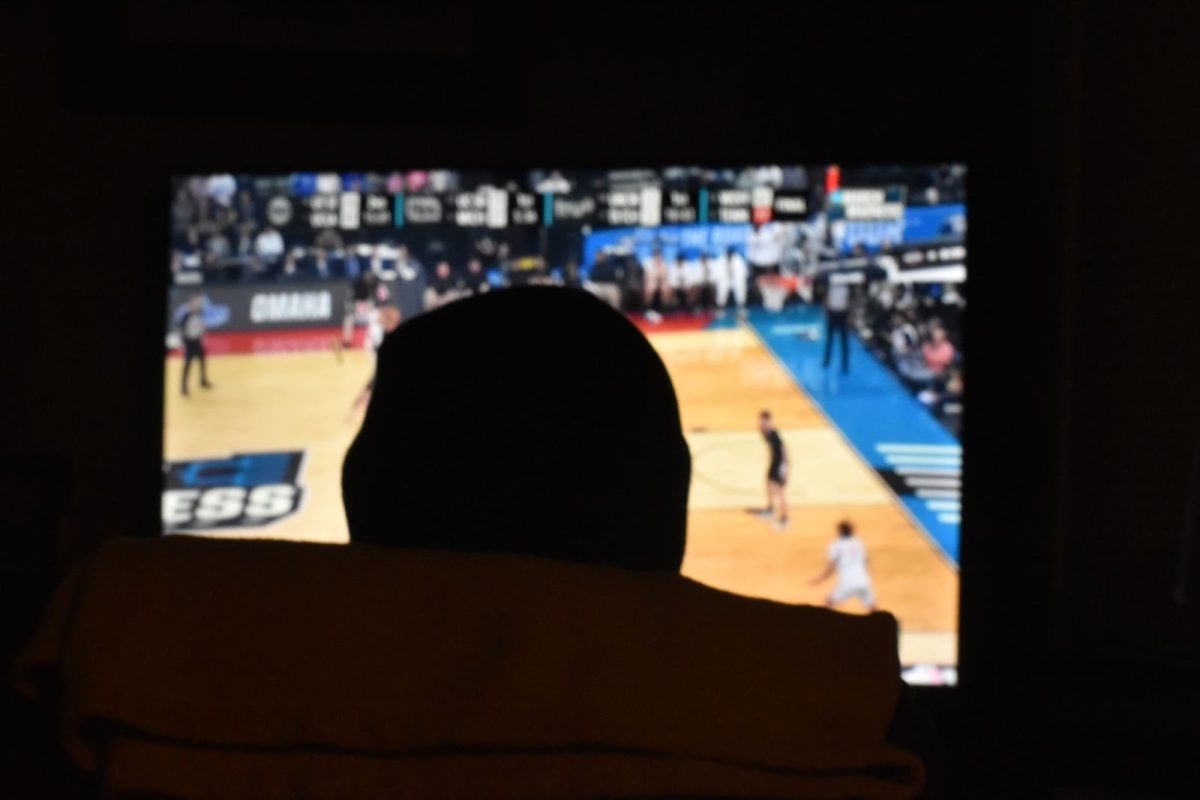
On April 25, 2019, Nike released a shoe that would come to destroy long-distance running records in the coming months. This shoe was the Nike ZoomX Vaporfly Next%. With the shoes bright pink color and almost an inch and a half of foam in the heel, they’re hard to miss. Referred to as the best long-distance shoes of all time, it took London by storm on April 25, and later the world. Within months the top records had been broken by runners using these shoes. Many top marathoners had begun to use the shoes, as it became irrefutable that they provided some sort of advantage, but what was it?
In the months before they were released, Nike touted the shoes as having, “A built-in secret weapon.” What they referred to was the carbon-fiber plate in the midsole, which allows extra cushion, and conserves energy that the runner applies. This plate, along with 40 millimeters of foam, allows the runner to keep more of the energy from their stride. Next% refers to the percentage of efficiency the shoe has. In a previous version, the 4%, the shoe improves efficiency by an average of four percent, meaning runners should be able to run four percent faster. The Nike Next% provides a four to five percent increase in efficiency. Jacob Michaels, the head coach of Franklin’s running sports, said that the shoes have “created uncertainty about how level the playing field will be,” as well as saying that, “at worst, Nike-sponsored athletes have a distinct advantage.”
So far, it seems as if these shoes are living up to the hype, with times in all distances being decreased. A few percentage points may not seem like much time to shave off, but in a marathon, a race typically just over two hours for elite athletes, it can save crucial minutes in their race. A marathoner in these shoes, with 4.5% efficiency, running a two hour and ten minute marathon, could theoretically save almost six minutes. The Vaporflys aren’t just good for marathons either: on February 16, 2020, Joshua Cheptegei broke the 5k world record by a record-shattering 27 seconds! He ran a 12:51, or 4:08 per mile, and he did it in the Vaporflys. The top five all-time men’s marathons have all been run in the Vaporflys.
New records aren’t limited to men’s running, as on October 13, 2019, Brigid Kosgei broke the women’s marathon world record. With the time of 2:14:04, she bested the previous, fifteen year old record, by over a minute. These shoes have brought back the long-time question of whether a human could break two hours in the marathon. In 2017, Nike gathered a team of three elite runners to attempt this feat. On May 16, 2017, on a race track in Italy, Eliud Kipchoge, Zersenay Tadese, and Lelisa Desisa, attempted to break two hours. Unfortunately, none of the three participants broke two hours, but Eliud Kipchoge came very close. With a time of two hours and 25 seconds, Kipchoge ran the fastest marathon under any conditions, and it was run in the Nike Vaporfly 4%. Two years later, in 2019, the Next% (the second version of the shoes) had been created, and Kipchoge attempted to break two yet again. In October of 2019, an Austrian chemical company held the Ineos 1:59 challenge for Kipchoge. Nike sponsored him again, but this time had him use a new prototype, called the Alphafly. These were presumed to be a better iteration of the Next%, and Nike wanted Kipchoge to have the best chance to complete this challenge. As part of this event, Kipchoge had several elite pacers, that would rotate out, to keep him at the pace to break two. Pacers are people who run beside you, to help you keep your desired pace. One hour 59 minutes and 40.2 seconds later, Kipchoge crossed the finish line claiming the glory of the first human to ever break two hours in the marathon.
In 1991 Michael J. Joyner theorized that the absolute limit for a physiologically perfect athlete would be 1:57:58. He stated in his research that this would be the physiological limit, but the research didn’t account for shoes this advanced. These shoes have shown over and over again that they can break any time another human can break; the question now is whether or not they give the wearer too much of an advantage. The shoes are very expensive, with a price of 250 dollars. Runners with great talent, but not enough money to afford these, may be passed by for a runner with a slightly faster time. Jacob Michaels, Franklin’s running coach, said that this is a serious issue. He said, “Running has always been a sport where there is a strong work ethic, and many socio-economic advantages can be overcome by sheer hard work.” He said that these shoes mostly give an advantage to true cross-country running and that they don’t affect track as much because the races are much shorter. However, he said, “If it appears these shoes are necessary to compete, (and are not illegal), I will do everything in my power to make sure our athletes get these as well.” This adds to the question: if everyone uses something that enhances performance, does that make it unfair? No, it wouldn’t make it unfair, because everyone would be using the shoes, but it does take away from the human achievement aspect of sports.
Recently this year, the International Olympic Committee (IOC) attempted to ban the shoe from the Tokyo 2020 summer Olympics. As part of their ruling, they stated in a press release that, “The sole must be no thicker than 40 millimeters,” and “The shoes must not contain more than one rigid embedded plate.” The plate refers to the carbon fiber plate in the midsole of all versions of Nike’s Vaporfly line. They also added that to use shoes in the Olympics, they must be available for commercial purchase four months before the Olympics. These new rules effectively banned Nike’s record-breaking Alphaflys, but soon after this ruling, Nike announced that the Alphaflys would be available to Nike members on February 29, 2019. Nike also changed the foam height to 39.5 millimeters, just under the 40-millimeter limit set by the IOC. Michaels said that in the case of global and national championships, a ban on the specific technology or the ways certain shoes are built would be a way to combat unfair equipment.
This isn’t the first time that equipment has been banned from international competition. In 2009, FINA (International Swimming Federation) initiated a ban on full-body suits, mainly due to the Speedo LZR Racer. FINA deemed that full-body suits were “technological doping” due to their very low drag. In a case very similar to that of the Vaporfly line, many records were beaten while using these suits. Ninety percent of swimming record breakers at the 2008 Beijing Olympics had worn full-body suits. However, the IOC still hasn’t initiated a full ban on the Vaporflys, even though they give an advantage. Because the IOC has allowed a variation of these shoes, the 2020 Games will be packed full of them. The success of Nike’s athletes during the games could even affect Nike’s business. The Olympics are an ideal way for companies to display prototypes of their equipment. If the athletes representing these products do well, then the company can see a large increase in revenue, as well as their stock. With Nike sponsoring almost every US athlete, the Alphaflys will inevitably be seen in competition. Michaels said, “almost everyone will be wearing these shoes for the next Olympic marathon because the stakes are too high.”
While these shoes are a remarkable technological innovation, the running world needs to be careful about how they implement the use of technology like this. As Michaels said, runners with the shoes have an obvious advantage, and equipment should not be the main factor in sports. While other brands are rushing to compete with Nike, the integrity of the sport must be kept. Technology like this has the chance to help people achieve their goals, whether that may be a marathon in under three hours, or just attempting a 5k. However, they also possess the ability to ruin the achievement of this sport. If companies start creating technology that gives anyone an unhuman advantage, this will allow more people to start breaking records. While it would be interesting to see the fastest possible marathon, even with advantageous equipment, at what point does it become less human achievement and more of what our technology is achieving?
































